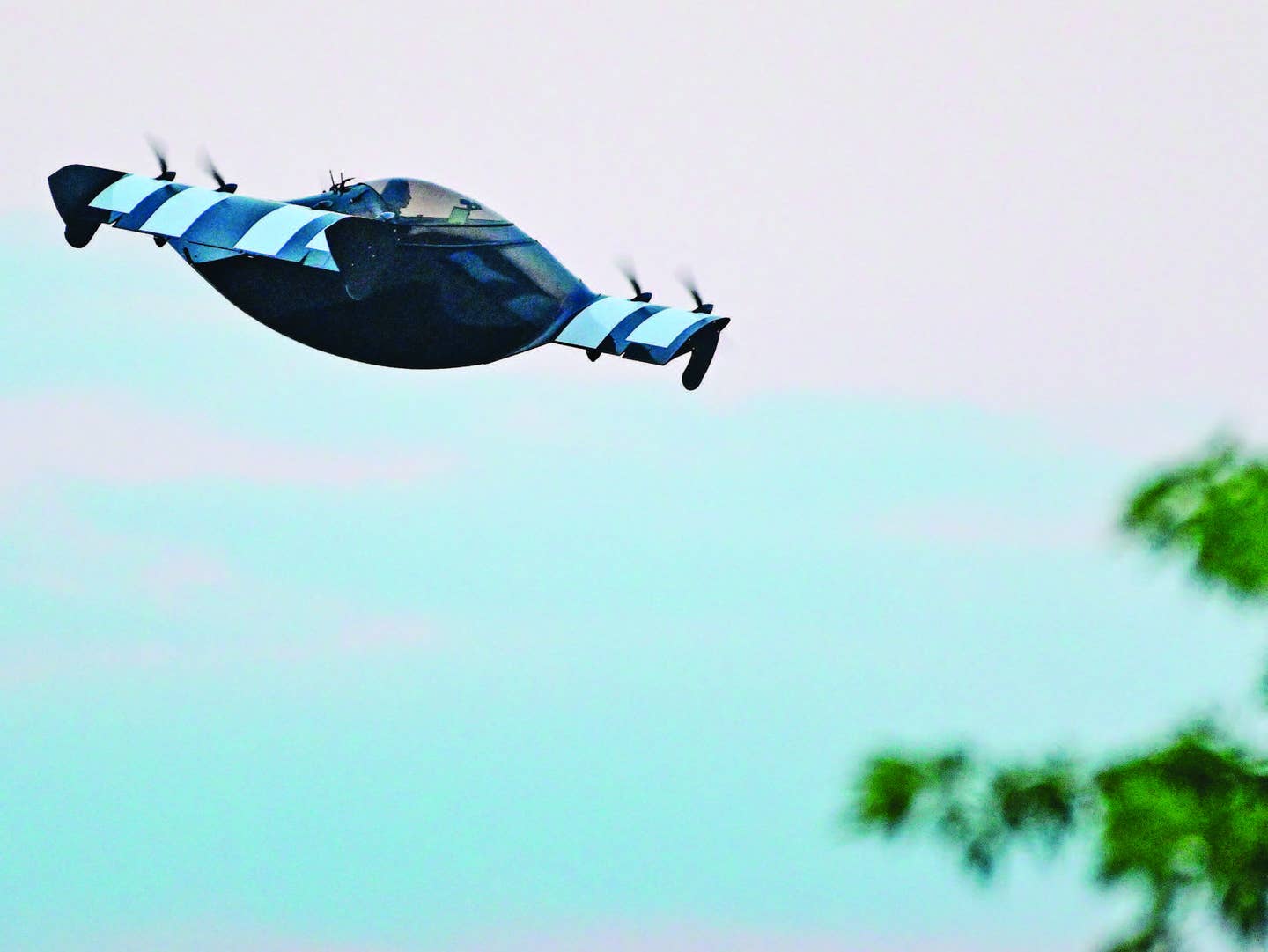
The Falcon 9 rocket boosting astronauts Hurley and Behnken into a rendezvous with the ISS returned to a safe landing on a droneship on May 30. NASA/Joel Kowsky
The crewed SpaceX Dragon module positioned atop a Falcon 9 rocket at Launch Complex 39A at NASA Kennedy Space Center, in Florida, successfully launched on May 30, at 3:22 pm EDT. The crew, NASA veterans Bob Behnken and Doug Hurley, completed docking with the International Space Station on May 31 at 10:29 am EDT and boarded the ISS at 1:02 pm, becoming the first astronauts to do so from a commercially made spacecraft. The mission also returned crewed space flight to US soil for the first time since the end of the space shuttle program in August 2011. Since the beginning of the program in 2010, SpaceX has completed 21 uncrewed trips to the ISS.
The mission—actually planned as a minimum-crew demonstration flight and dubbed Demo-2—saw another component hit its mark. The Falcon 9 returned to Earth safely—and re-usably—landing on the ocean-borne droneship Of Course I Still Love You following its separation from Crew Dragon. The launch proceeded on the day of its second weather window, after convective activity delayed the previous attempt.
A highly detailed matrix governs the go/no-go decision for a launch. If key metrics are not attained—or specific incidents occur during the countdown sequence—the mission aborts. As Hurley recounted in a tweet, “On my first flight STS-127 on Shuttle Endeavor, we scrubbed 5 times over the course of a month for technical and weather challenges. All launch commit criteria is developed way ahead of any attempt. This makes the correct scrub/launch decision easier in the heat of the moment.” Behnken also recalled his experience: “Scrubs are a part of conducting spaceflight safely and successfully. During my last mission to @Space_Station weather caught us too!” During the crew’s travel in orbit to ISS, they revealed that they had named their capsule Endeavor.
Crew Dragon has been designed to be fully autonomous but pilots can take over when needed. You can try your hand at the controls and see if your next mission might just be ISS-bound.

Sign-up for newsletters & special offers!
Get the latest FLYING stories & special offers delivered directly to your inbox






